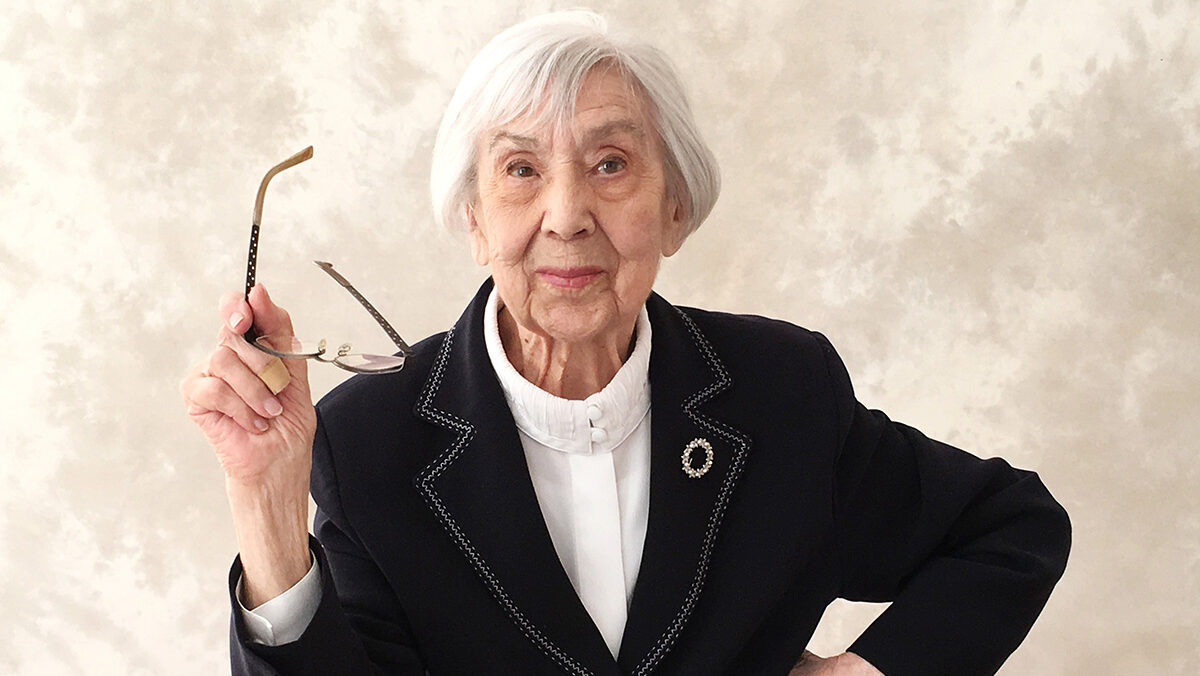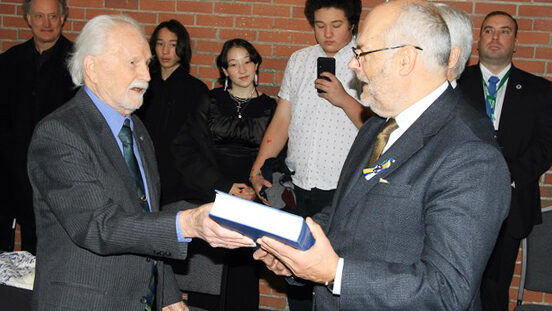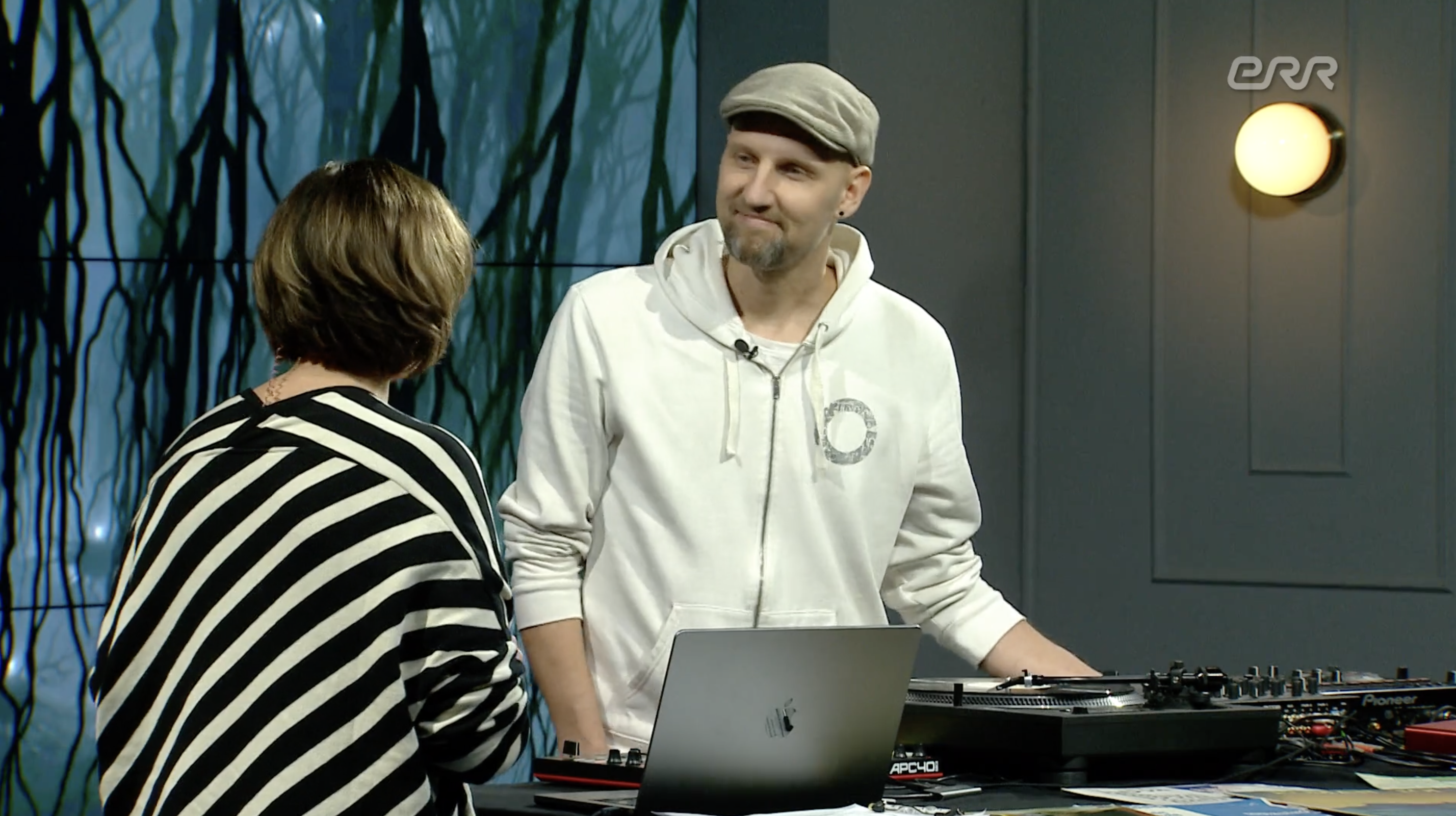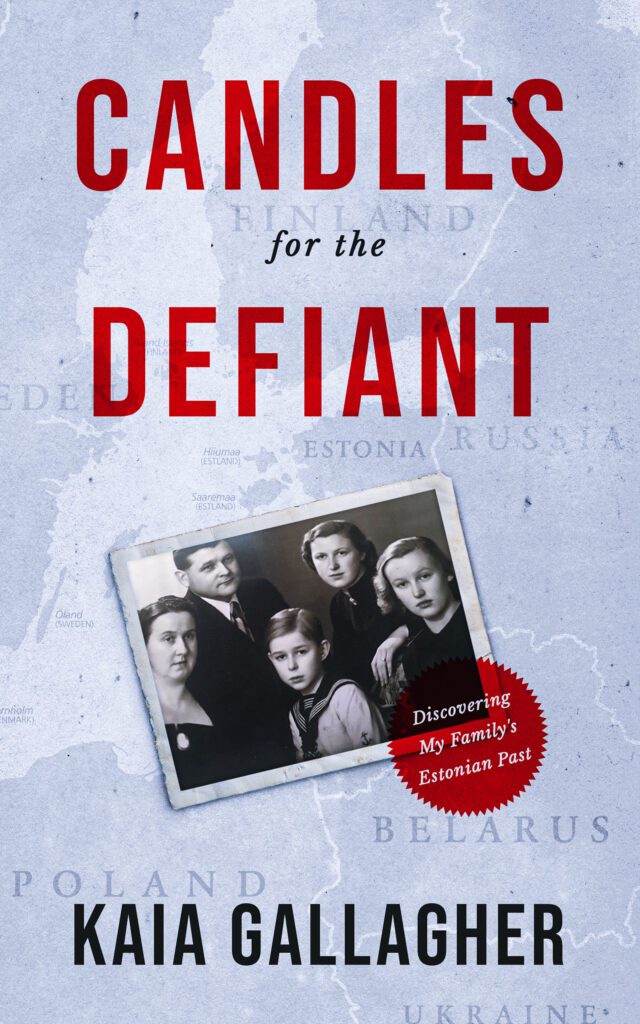
It tells the brave and heroic story of patriotic resistance to the Soviet occupation, conveying the history of the Baltic countries during these tough times through personal accounts of experiences and the fates of these individuals.
This new book, which is the author’s first published work, has already received numerous positive reviews and feedback on various platforms such as Amazon and Goodreads.
Kaia Gallagher has an MFA degree in Creative Writing from the University of California, Riverside, as well as a PhD in sociology from Brown University.
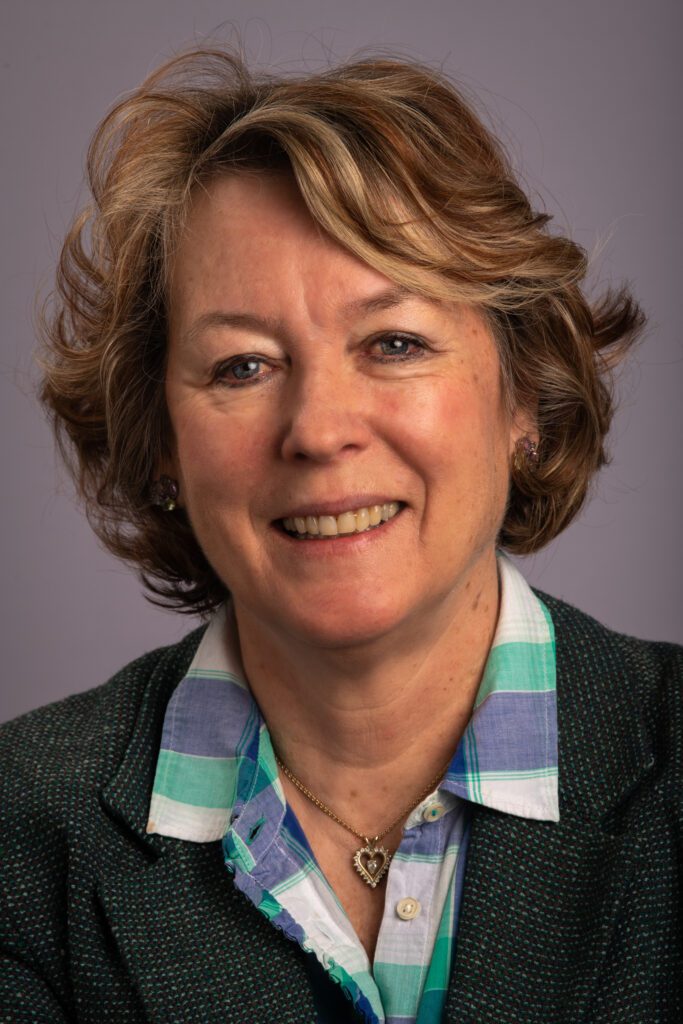
Kaia answered a few questions about her family history and writing for Eesti Elu/Estonian Life.
Would you like to tell us more about your family history? Your maternal lineage includes the family name “Vares” — namely, your grandfather Jaan Vares, who was a successful doctor and a former mayor of Viljandi, as seen on your website. The Vares family is also well known in the Toronto Estonian community. Do you have a close relationship with them?
Thanks, Kaire. I’m happy to share the story of my Estonian family. As I explained in my book, my Estonian mother had difficulty talking about the life her family led in Estonia before World War Two. It was only after I started gathering information on my grandfather that I realized how prominent he was before World War Two as a civic leader in Viljandi and through his successful medical practice.
When I was growing up during the 1950s and 1960s, much of this history was inaccessible to me. But I found it thrilling, during a recent trip to Estonia, to find my grandfather’s photograph hanging in the Viljandi town hall next to others who had served as the mayors of the town. Many who visit Viljandi also cross over the Vares Bridge, an overpass that my grandfather had constructed to improve access to the Viljandi castle ruins on the outskirts of town.
Even though my American family lived more than 500 miles from Toronto, we enjoyed a close relationship with our Vares cousins while I was growing up. My uncle Jaan (my mother’s brother) always celebrated his Estonian roots and sent me books and videos to keep my connection with our shared Estonian heritage alive. My Vares cousins and I continue to enjoy a warm, affectionate bond with each other.
Your mother was only 18 years old when she escaped from the homeland. How have the traumas she experienced and her stories affected your childhood and upbringing — were these traumatic events often points that came up in conversation?
While I was growing up, my mother did not want to talk about the traumatic events she experienced during the war. She was in her 70s when I started asking questions about how she was able to survive.
Yet, I always knew that my mom had been forced to leave Estonia and that for many years she was not able to reconnect with her homeland or her former life. In my book, I describe this unresolved grief as living with ghosts from the past that no one wanted to discuss.
"Since my mother’s will to survive enabled her to surmount the worst possible tragedies, it was the way she expected me to face the world — with courage, resourcefulness, and a strong confidence in my ability to solve whatever problems I might encounter."
(Kaia Gallagher)
Like many Estonians, my mother was a survivor. She was courageous and determined. At the same time, I always sensed a deep sadness that was just under the surface of the brave face she presented to the world.
Since my mother’s will to survive enabled her to surmount the worst possible tragedies, it was the way she expected me to face the world — with courage, resourcefulness, and a strong confidence in my ability to solve whatever problems I might encounter. Hers was the legacy of a survivor who always wanted to put her fears and sadness behind her.
How did you come up with the idea to depict this specific time period in your book?
I started writing this book as a family story focused on researching what my mother and my grandparents experienced during World War Two. I was also curious to learn more about those Estonian relatives who did not survive the war.
As I gathered background information to flesh out what happened to my mother’s family, the story became a larger narrative about what was going on more broadly in Estonia when the country was successively occupied by the Soviets, the Germans, and then finally by the Soviets once again.
Many of those who have read my book have told me it is a part of World War Two history that is not well known. Unfortunately, given the current geopolitical situation, the fight to preserve Estonian independence is one that continues today.
How long did the writing process take and how did you find the research process? Many of those who lived through these times are unfortunately not with us anymore to share their stories.
My quest to understand my family’s Estonian past has been a lifetime endeavour. As my mother got older, I began gathering parts of her story and writing down family anecdotes. During each of my three visits to Estonia, I also collected historical information, particularly when I visited the Estonian National Archives.
"All in all, I devoted ten years to writing my family’s story. My husband jokes that he has read seven different versions of my book."
(Kaia Gallagher)
While I was piecing together what I could learn about my family’s history, I enrolled in a creative writing program and earned a Masters of Fine Arts (MFA) degree from the University of California, Riverside. All in all, I devoted ten years to writing my family’s story. My husband jokes that he has read seven different versions of my book.
Although neither my mother nor my grandparents were alive while I finished writing my family memoir, I am grateful that I was able to access a substantial amount of historical information and wartime narratives that helped me to document the history of what Estonians experienced during the war.
As an author, you enjoy reading various genres, such as memoirs and essays. Is being an author your primary career?
Yes. After having a long career as a consultant writing technical reports, I am enjoying the creative process involved in telling stories.
You grew up in Wilmington, Delaware. Were there other Estonians who lived in the area? Have you been in contact with American/Canadian-Estonian communities?
Coincidentally, one of our neighbors in Wilmington, Delaware, was an Estonian man who grew up with my mother in Viljandi. My mother also stayed connected with the Estonian communities in Lakewood, New Jersey and Baltimore, Maryland. In addition, my grandparents were very involved with the Estonian community in New York City.
Recently, I reconnected with Marju Rink-Abel, the former President of the Estonian American National Council, whose parents were active in the Estonian community in Wilmington while I was growing up.
With help from my cousin, Lea Vares Greenwood, I have also been able to connect with the Estonian community in Canada. I am thrilled that Lea helped arrange for Kiiri Sandy (an Estonian who lives in Toronto) to serve as the voice narrator for my upcoming audiobook.
You visited Estonia for the first time in 1985, which gave you a good picture of what your mother had to leave behind in her childhood, although life had changed by this point. How have you kept up with the major changes that Estonia has gone through in recent decades?
Shortly after Estonia regained its independence in 1991, my brother, Michael, moved to Tartu, where he currently lives. While I was writing my book, Michael helped me to connect with the Estonian National Archives and arranged for translators to work through the extensive historical files we were able to acquire.
My connection to Estonia continues through the weekly Zoom calls I have with my brother who keeps me up-to-date on what is happening in Estonia.
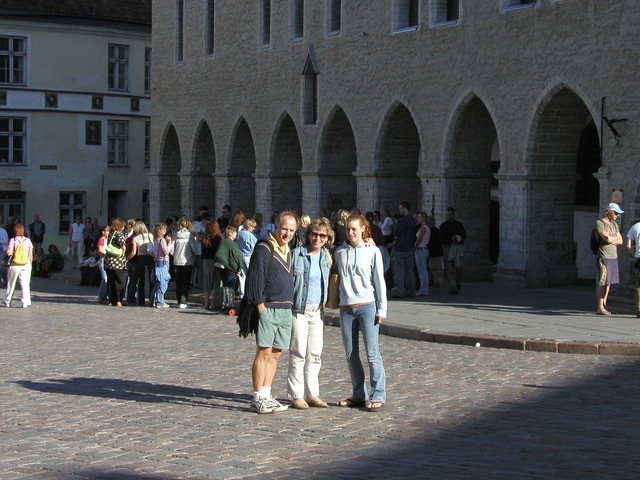
When you’re not writing, what are your favourite hobbies and activities?
Since I live near the Rocky Mountains, my favourite activity is to take my Labrador Retriever for long walks in the woods. I also enjoy getting lost in books that transport me to different countries and different times in history.
Thank you, Kaia for sharing your family story with Eesti Elu/Estonian Life readers. It certainly will help many people around the world with Estonian roots to discover and connect with their families’ past.
Become a subscriber to continue reading!
Every week we bring you news from the community and exclusive columns. We're relying on your support to keep going and invite you to subscribe.
Starting from $2.30 per week.

